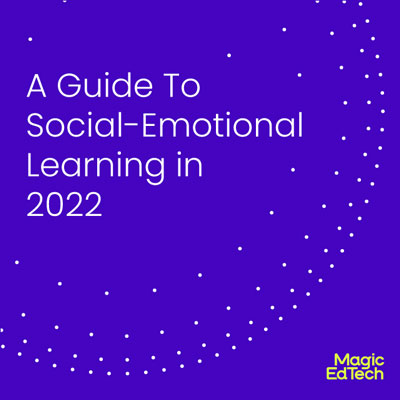The Science and Theories of Instructional Design
- 8 March, 2022
- Reading Time: 3 minutes
Learning is acquiring new knowledge, various habits, skills, and attitude.
“How to accomplish learning effectively?” has been a topic of debate since ancient times. Behaviorism, cognitivism, and constructivism are prominent learning theories that suggest the psychological ideas about human nature and how they learn. These learning theories provide the foundation for the most effective instructional design strategies. Let’s talk about the distinct perspectives of the learning theories.
Behaviorism in Learning Theory
Behaviorism is an orientation to learning that emphasizes constructed environmental stimulus. It strengthens stimulus-response to bring about particular behavioral responses. The approach focuses entirely upon learners understanding the “What” through methods like rote memorization, identification, and association.
Behaviorism suggests that the role of the instructor is to manipulate behavioral change through specific reinforcement techniques, and that the learner’s role is to receive the information passively.
This approach effectively facilitates learning by recalling facts, making generalizations, applying explanations, and performing procedures. Where behaviorists consider that learning involves responses to stimuli, cognitivism contends that learning is much more than just this.
What is Cognitivism?
Cognitivism carries the notion that “learning involves the reorganization of experiences to make sense of stimuli from the environment.” Sometimes this sense comes through flashes of insight. Thus, cognitivists view the learning process as an internal and active mental process. It is said to develop an increased mental capacity and the inherent skills of a learner to learn better. The cognitivist approach is appropriate for advanced learning such as information-processing, reasoning, problem-solving.
Behavioral and cognitive learning theories are mainly objective, while the constructivist approach believes that individuals actively construct knowledge by creating meanings from experiences.
The Constructivist Approach to Learning
Learners build their interpretations based on experiences and interactions. According to Cunningham, “The role of instruction in the constructivist view is to show students how to construct knowledge, to promote collaboration with others to show the multiple perspectives that can be brought to bear on a particular problem and to arrive at self-chosen positions to which they can commit themselves while realizing the basis of other views with which they may disagree”.
Examples of constructivist learning are experiential learning, self-directed learning, and reflective practice.
Selecting a Learning Theory for Your Instructional Design
Learners, content type, and learning goals must be considered before settling upon a choice.
| Learning Program | Learning Theory / Instructional Design Approach |
| Introductory learning (Novice learners) | Behaviorist/cognitivist approach |
| Advanced learning (Quasi experts) | Cognitivist/constructivist approach |
| Expertise development (Quasi experts) | Constructivist approach |
The nature of the learning task and the proficiency level of the learners involved must be considered while integrating any instructional strategy. At the same time, it is very important that learning design must be highly contextualized, learner-centric, and collaborative.







